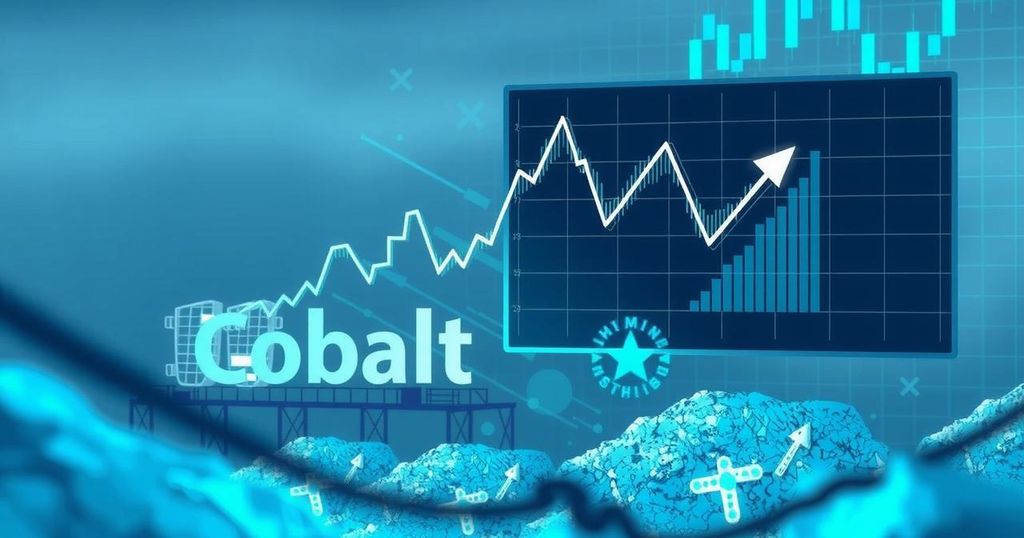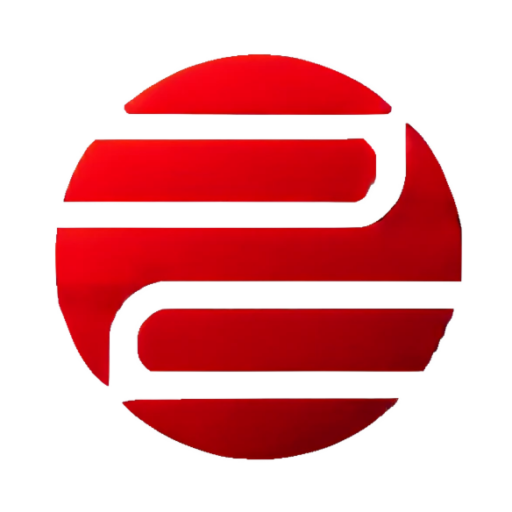DRC Cobalt Export Ban: Market Tightness and Future Projections

- Cobalt metal prices rose only 0.2% following the DRC export ban extension.
- Market participants anticipated the ban’s extension, reducing panic buying.
- Many buyers in China show confidence despite tight inventory expectations.
- Cobalt Holdings’ IPO deferment could impact market liquidity.
- Chinese imports of cobalt hydroxide dropped 7% year-on-year in May.
Cobalt Prices’ Inconsistent Movement Amid Seasonal Trends
Cobalt Market Response to DRC Export Ban Cobalt metal prices made a curious turn following the DRC’s extension of the cobalt export ban that was announced on June 21. Unlike the sharp surge seen during February’s initial announcement of a four-month ban, the aftermath of this recent extension has not showcased a similar price rally. From June 23 to July 8, standard grade cobalt prices floated up by merely 0.2% across 12 assessments, firmly contrasting with the substantial 43.2% spike recorded from February 24 to March 11. This discrepancy throws light on market expectations and the current climate surrounding cobalt prices.
Understanding Current Market Dynamics and Demand
Seasonal Demand and Market Sentiment So, why hasn’t the cobalt market reacted like it did in the past? Traders pointed to a couple of crucial factors. Many market participants anticipated the export ban’s extension, hence not feeling the need for panic buying. Seasonal demands have also contributed to a quieter market, as clients are already fully stocked in preparation for maintenance closes. In fact, one trader pointed out that hydroxide shipments continue to flow into China without any evident alarm from buyers. The overall liquidity for cobalt metal and hydroxide has seen a notable slowdown compared to the early indicators back in February.
Expectations for Inventory Levels and Price Dynamics
Potential Future Tightness in Cobalt Supply The decision by Cobalt Holdings to postpone its initial public offering in June might explain why liquidity has been so subdued in the wake of the DRC export ban, as some analysts suggested. Trying to raise funds, they aimed to spearhead cobalt purchases for the year. As of July 11, Fastmarkets assessed the cobalt standard grade price in Rotterdam to be at $15.35-16.10 per lb, shrinking slightly from previous quotes. Interestingly, even battery producers in China are relying on long-term contracts for supplies, taking into account the seasonal dip in demand — something traders believe could drastically change once September rolls around. Many are speculating that the inventory levels might witness a critical phase; however, it remains to be seen if any significant purchases will challenge the current calmness in the market as expectations indicate tighter supplies could begin as early as September or October.
Impact on Trade Dynamics and Supply Chain Stability
Chinese Imports and Trade Trends According to trade statistics released for May, China reported a decrease in cobalt hydroxide imports compared to last year, even amid the DRC’s ongoing export suspension. Though it does raise a few eyebrows regarding whether the cobalt surplus will persist or deplete after this three-month halt, traders are eagerly awaiting June’s data for clearer insights. A notable advisor from the DRC government highlighted they are not intending to drive the cobalt market into a deficit but rather aim for healthier supply levels. The concerning part remains the logistics, as freight time from Africa to China could complicate timely supply, emphasizing that the DRC’s unique role in the supply chain cannot be disregarded.
Strategies Amidst Supply Challenges and Opportunities
Production Levels and Alternative Solutions The increase in imports recently stems largely from CMOC Group’s ramped-up production, which points to a solid future in balancing supply, albeit one force majeure notice caused caution among stakeholders. To navigate the changing landscape, buyers have been actively seeking alternatives; mixed hydroxide precipitate has become a popular option, given its relative richness in cobalt, nickel, and lithium, prompting a notable 23% increase in MHP imports this year compared to last. However, the imported MHP cannot fully compensate for the levels typically expected from the DRC. Still, it has proven to be vital for those looking to meet long-term commitments now more than ever.
Cobalt Market Outlook and Anticipated Trends
Navigating Uncertainties in the Cobalt Market As the cobalt market braces for another stretch under the DRC export ban, its direction remains ambiguous. Discussions about potential export quotas have fizzled out without much clarification on how they would be structured, leaving many in a wait-and-see mode. The seasonality of demand also plays a role in holding the market steady, as attention pivots toward upcoming Chinese import statistics for June. As these reports unfurl later this month, investors and traders alike will find their strategies significantly shaped by the outlook they provide, influencing both price trajectories and behaviors in inventory levels going forward.
In conclusion, the cobalt market’s current condition reflects a blend of seasonal dynamics and market expectations post the DRC export ban extension. Cobalt prices have seen a limited upward movement since the latest announcement, contrasting sharply with previous experiences. As the situation evolves, critical months like September will likely provide key insights into how supplies will adjust and what kind of future prices and inventory levels we may expect.








